Introduction
Cooking is an art form that combines science, creativity, and intuition. Whether you’re a seasoned chef or an amateur food enthusiast, mastering the basics is crucial to achieving culinary excellence. One fundamental aspect of cooking that often gets overlooked is understanding how to properly heat oil. Knowing when oil is sufficiently heated, or “cooked,” is vital for frying, sautéing, stir-frying, and various other cooking techniques. This article delves into the intricacies of oil heating, offering practical tips and insights on how to determine when oil is ready for use.
Understanding Oil Types and Their Smoking Points
Before discussing how to tell when oil is properly heated, it’s essential to understand the different types of oils and their unique properties. Oils vary widely in their smoking points, which refer to the temperature at which the oil begins to break down and produce smoke. This breakdown not only alters the flavor of the oil but also generates harmful compounds that can be detrimental to your health.
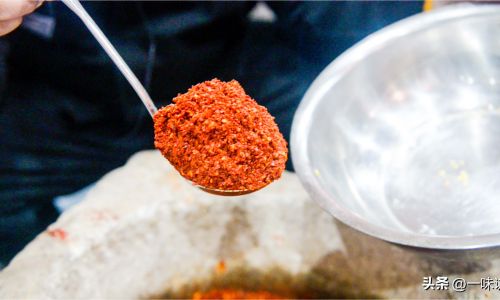
Common cooking oils include:
-
Olive Oil: Known for its rich flavor and health benefits, olive oil has a relatively low smoking point of around 375°F (190°C) for extra virgin and 465°F (240°C) for refined versions.
-
Vegetable Oil: A blend of various oils, vegetable oil typically has a smoking point of around 450°F (232°C), making it versatile for medium to high-heat cooking.
-
Canola Oil: With a smoking point of around 400°F (204°C), canola oil is a popular choice for frying due to its neutral taste and high monounsaturated fat content.
-
Peanut Oil: Known for its high smoking point of around 450°F (232°C), peanut oil is ideal for deep-frying and adds a subtle nutty flavor to dishes.
-
Corn Oil: With a smoking point of around 450°F (232°C), corn oil is another versatile option suitable for high-heat cooking.
-
Sunflower Oil: This oil has a smoking point of around 445°F (230°C) and is often used in baking and frying due to its light flavor.
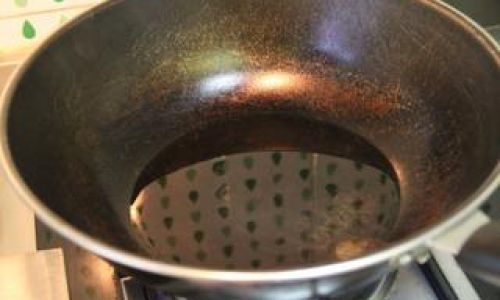
-
Avocado Oil: Renowned for its high smoking point of around 520°F (270°C), avocado oil is an excellent choice for high-temperature cooking methods like searing and stir-frying.
-
Coconut Oil: Coconut oil has a smoking point of around 350°F (175°C) for refined versions and slightly lower for unrefined, making it suitable for low to medium-heat cooking.
Choosing the right oil for your cooking method is crucial. For instance, using olive oil for deep-frying would be impractical due to its low smoking point, which would lead to premature smoking and flavor alteration.
Visual and Sensory Indicators of Properly Heated Oil
Determining when oil is properly heated involves a combination of visual observation, sensory perception, and sometimes the use of tools. Here are some key indicators:
-
Color Change: As oil heats, it undergoes a subtle color change. While the shift may be minimal, experienced cooks can often notice a slight darkening or clearer appearance. This is particularly evident in oils with a distinct color, like virgin olive oil.
-
Rippling: When oil reaches its optimal cooking temperature, it will start to ripple or shimmer slightly. This movement is caused by the increased energy within the oil molecules, creating a visual cue that the oil is ready.

-
Temperature Gauge: Using a cooking thermometer is the most accurate way to determine when oil has reached the desired temperature. Simply insert the thermometer into the oil (ensuring it’s not touching the bottom or sides of the pan) and wait for it to stabilize. Adjust the heat as necessary to maintain the desired temperature.
-
Smell: As oil approaches its smoking point, it will start to emit a stronger, more intense aroma. While this can be a useful indicator, it’s important not to wait until the oil actually starts smoking, as this signifies it’s overheated.
-
Small Bubbles: When oil is properly heated, you may notice small bubbles forming on the surface. These bubbles are caused by water molecules within the oil evaporating, indicating that the oil is hot enough to cook with.
-
Flick Test: Another method is to flick a small amount of water into the oil. If the oil is hot enough, the water droplets will sizzle and dance around the surface, quickly evaporating. However, be cautious with this method, as adding too much water can cause the oil to splatter.
Practical Tips for Heating Oil
-
Preheat the Pan: Always start by preheating your pan or skillet before adding oil. This ensures that the heat is evenly distributed, preventing hot spots that can cause the oil to overheat in certain areas.
-
Use Moderate Heat: Gradually increase the heat to avoid shocking the oil and causing it to smoke prematurely. Starting with low heat and gradually increasing it allows you to better control the heating process.
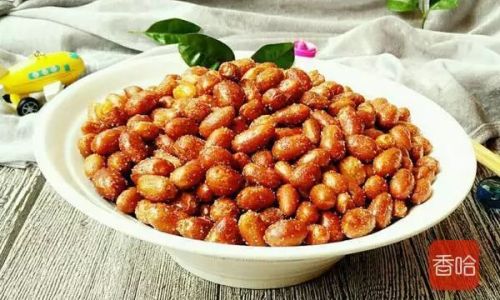
-
Avoid Overcrowding: When frying food, ensure that the pan is not overcrowded. Overcrowding lowers the oil’s temperature, causing it to cool down and extend the cooking time. This can lead to soggy, greasy food and overheated oil.
-
Monitor Constantly: Once oil is heated, it’s crucial to monitor it constantly. Even slight adjustments in heat can cause significant temperature fluctuations. Use a thermometer for precision or rely on your senses and experience.
-
Storage and Reuse: Properly store oil in a cool, dark place to extend its shelf life. When reusing oil for frying, filter out any food particles to prevent them from burning and lowering the oil’s quality.
Conclusion
Mastering the art of determining when oil is properly heated is a cornerstone of effective cooking. By understanding the properties of different oils, recognizing visual and sensory cues, and using tools like thermometers, you can ensure that your oil is at the perfect temperature for any cooking task. Remember, the key to successful cooking lies in attention to detail, patience, and a willingness to learn and adapt. With practice, you’ll develop an intuitive sense of when oil is ready, enhancing your culinary skills and elevating your dishes to new heights. Happy cooking!
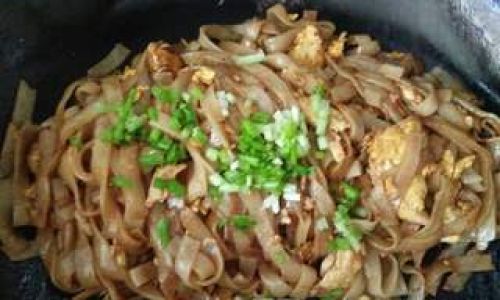
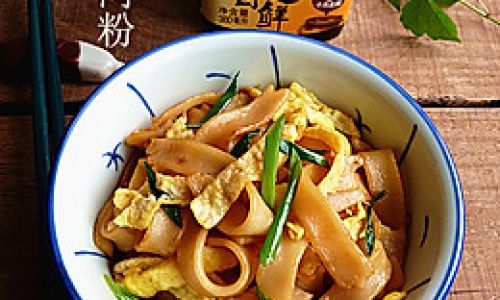
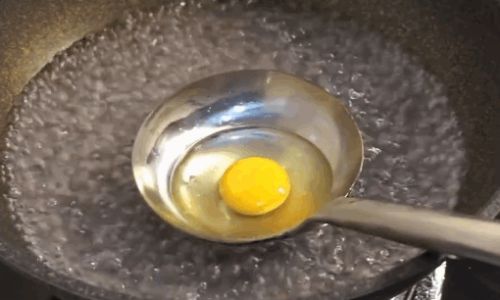
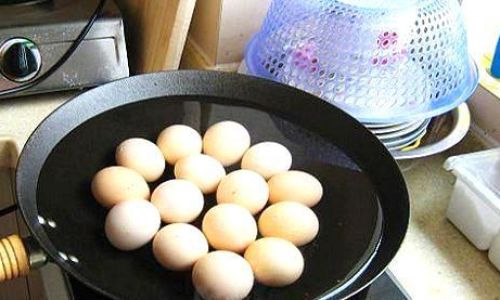

0 comments